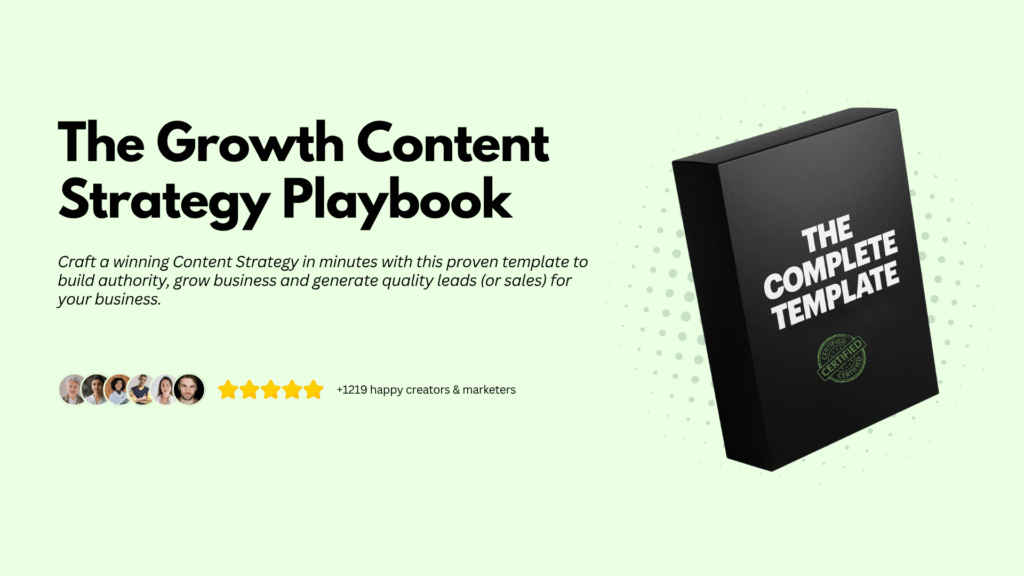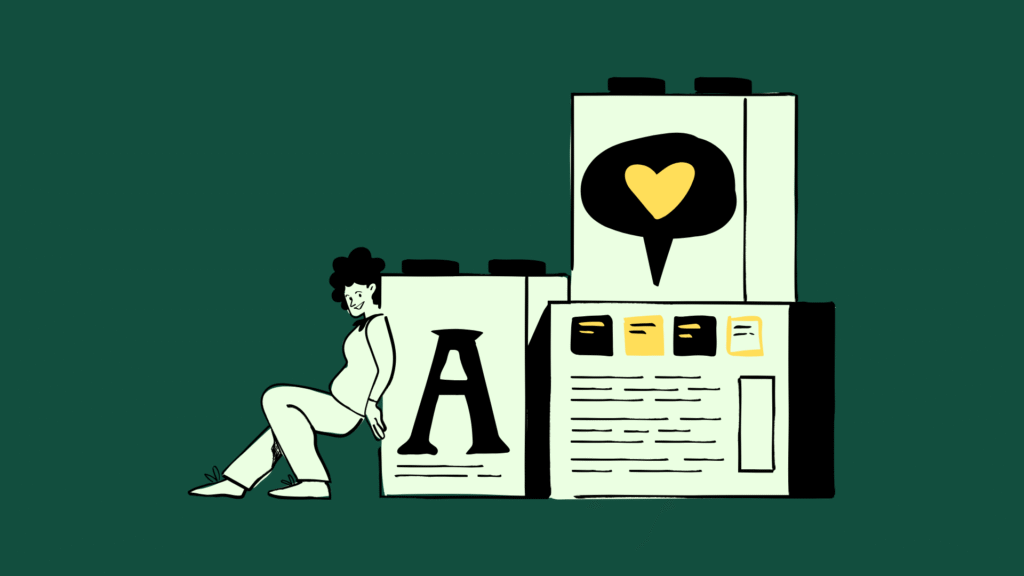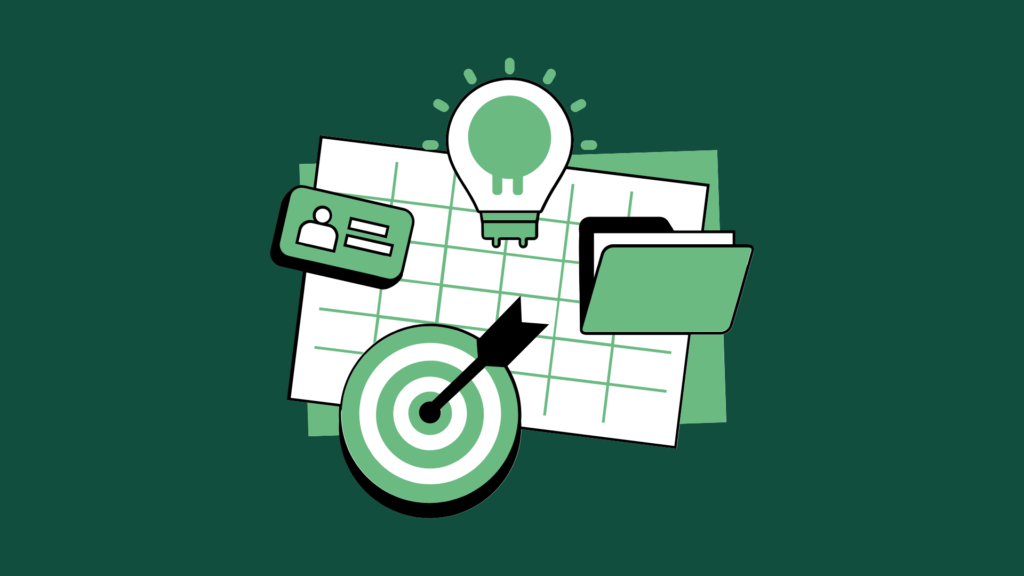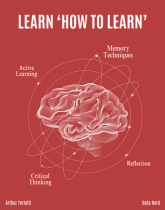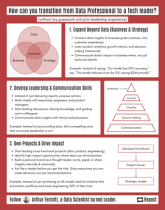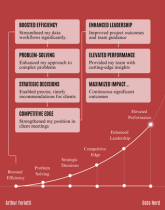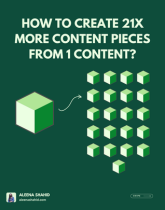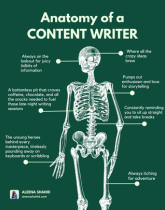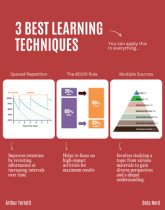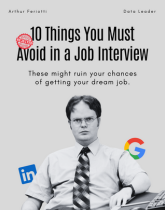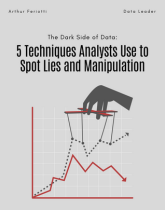Blogging sounds easy, right? Just write, hit publish, and watch the traffic roll in. Yeah… I thought so, too. But then reality hit (and common blogging mistakes, too).
Costs piled up, my strategy was all over the place, and I had no idea what I was doing.
Fast forward to selling my first blog at a loss. (OUCH!!!) I made mistakes that could’ve been avoided with a little planning.
The good news?
You don’t have to go through the same mess. I’m breaking down the 7 biggest and most common blogging mistakes to avoid so you can skip the frustration and actually build a blog that works.
7 Blogging Mistakes You Must Avoid

Mistake #1: Choosing the Wrong Hosting Provider
When I started my blog, I went with what looked like a great deal: Bluehost. Cheap, popular, and recommended everywhere. What could go wrong? A lot, actually.
The first year was smooth. But then renewal time hit and one of my very first blogging mistakes too. My bill skyrocketed from $35 to $144. Turns out, that “great deal” was just an intro offer.
And they didn’t stop there. They charged me for services I didn’t even use. I learned the hard way that not all hosting providers are transparent about pricing.
So, what should you do instead? Research. Don’t just pick the first name you see. Look for reliability, uptime, support, and honest pricing.
After my Bluehost disaster, I switched to Hostinger, and here’s why:
- Affordable & Transparent Pricing: No surprise renewals that triple in cost.
- Better Performance: Faster loading times and reliable uptime.
- Unlimited Websites: I got a three-year plan for less than one year on Bluehost.
If you’re starting a blog, don’t make my mistake. Go with a hosting provider that won’t drain your wallet in year two.
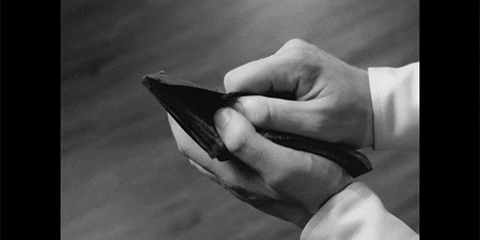
Mistake #2: Not Having a Content Plan
A lot of beginners treat blogging like journaling, writing whatever comes to mind, whenever they feel like it. But without a clear content plan, growth becomes painfully slow.
Traffic is inconsistent, readers don’t know what to expect, and burnout creeps in fast.
Every successful blog follows a content plan, and if you skip this step, you’ll end up wasting time on content that doesn’t drive results.
Here’s how to set yourself up for success:
- Pick a niche that aligns with demand. Not too broad, not too narrow. Find a focus area that people are actively searching for.
- Plan content around SEO. Research keywords before writing. Use tools like Google’s “People Also Ask” and keyword planners to find what your audience wants.
- Create a posting schedule you can stick to. Consistency builds trust and improves search rankings. Even one well-researched post per week is better than random bursts of content.
- Think about content clusters. Instead of writing standalone posts, create a series of related topics. This helps with SEO and keeps readers engaged.
The key is to work smarter, not harder. A solid content plan keeps you focused, prevents burnout, and helps your blog grow in the right direction.
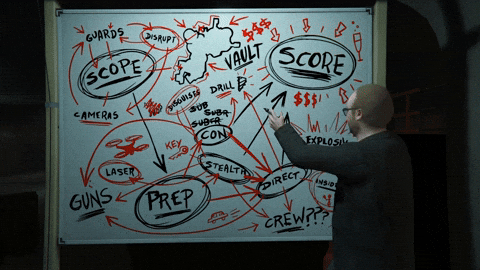
Mistake #3: Ignoring SEO from the Start
Many new bloggers focus only on writing and completely overlook SEO. They assume good content will magically attract readers.
But without SEO, even the best posts get buried in search results, making it nearly impossible to gain organic traffic.
Search engines need clear signals to rank your content.
If you don’t optimize your blog from the start, you’ll waste months writing posts that no one finds.
Here’s how to get SEO right from day one:
- Keyword research is non-negotiable. Use tools like Google Keyword Planner or Ubersuggest to find terms people are searching for. Target a mix of low-competition and high-intent keywords.
- Optimize your titles and headings. Your blog title should be compelling but also include your primary keyword naturally. Use H2s and H3s to structure your content for both readers and search engines.
- Write for people first, SEO second. Avoid keyword stuffing. Instead, use keywords naturally in your content, meta description, and image alt texts.
- Internal linking boosts rankings. Link to your own blog posts where relevant. This keeps readers engaged and helps search engines understand your site structure.
- Fast-loading pages matter. A slow website hurts rankings. Choose a reliable hosting provider (I went with Hostinger for speed and affordability) and compress images to improve load times.
The sooner you get it right, the faster your blog will gain visibility.
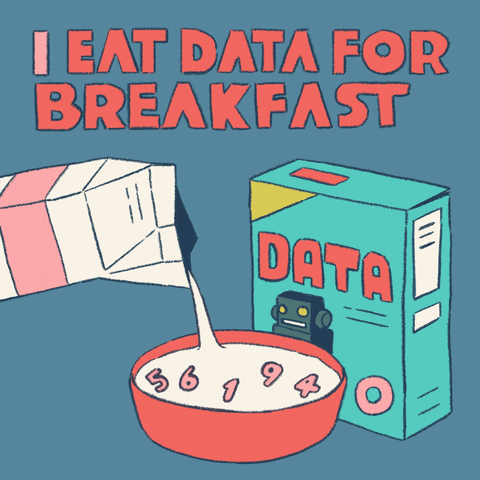
Mistake #4: Trying to Do Everything Alone
When I started my blog, I thought I could handle it all: writing, editing, SEO, design, marketing. You name it, I was doing it.
And let me tell you, it was exhausting.
I spent hours tweaking my website, second-guessing my content, and trying to learn everything at once. Instead of making progress, I was just burning myself out.
The worst part?
I could have avoided so much stress if I had just asked for help.
Here’s what I wish I had done instead:
- Used the right tools. AI writing assistants, SEO tools, and content schedulers exist for a reason. They save time and make life easier.
- Joined blogging communities. Learning from others would have saved me from so many rookie mistakes. Plus, it’s nice to have people who get it.
- Focused on what I do best. Instead of struggling with design, I could have hired someone or used templates. Small investments make a big difference.
Blogging doesn’t have to be a solo mission. The sooner you stop trying to do everything alone, the faster you’ll actually grow.
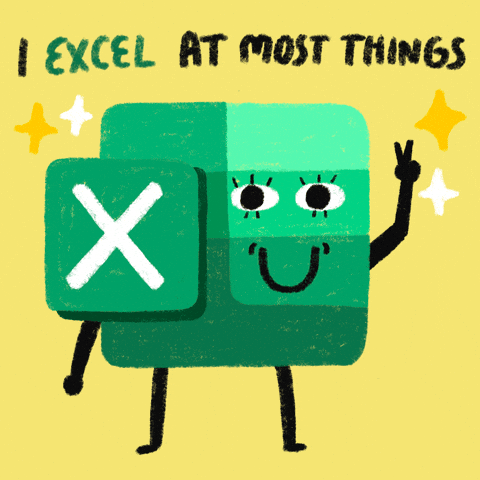
Mistake #5: Focusing Only on Traffic, Not Monetization
A lot of new bloggers get caught in the traffic trap.
They obsess over page views, check analytics 10 times a day, and celebrate every spike, only to realize later that all that traffic isn’t making them a dime.
The mistake?
Thinking more visitors = more money.
But that’s not how blogging works. You can have thousands of readers and still earn nothing if you don’t have a solid monetization plan.
Here’s what actually works:
- Start monetizing early. You don’t need a massive audience to earn: affiliate links, digital products, and services work even with low traffic.
- Create content that converts. Instead of chasing numbers, focus on content that builds trust and encourages action.
- Diversify income streams. Ads alone won’t cut it. Think about email funnels, memberships, or partnerships.
Traffic is great, but if you’re not turning readers into buyers, you’re just entertaining them for free.

Mistake #6: Not Building an Email List Early
I used to think email lists were for big bloggers.
You know, the ones with thousands of readers. So, I kept putting it off, thinking I’d focus on it later. Huge mistake.
Here’s the thing: social media algorithms change, search rankings fluctuate, but your email list? That’s yours.
It’s the only direct line to your audience that no platform can take away.
What I wish I had done sooner:
- Added a simple opt-in form. Even a basic “Get my best blogging tips” signup would have made a difference.
- Offered a freebie. A quick guide or checklist encourages people to subscribe.
- Sent emails regularly. Waiting months to email your list means they’ll forget why they signed up in the first place.
If I could go back, I’d start collecting emails on day one. Don’t make the same mistake. Start now, even if it’s small.
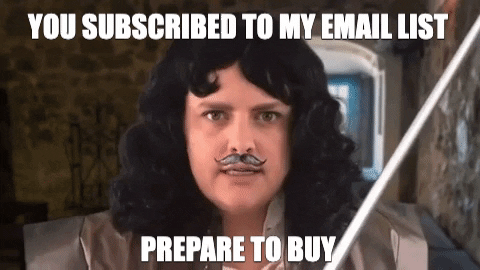
Mistake #7: Letting Burnout Take Over
I didn’t just hit burnout. I ran straight into it at full speed.
At first, I was excited, writing nonstop, obsessing over traffic, and constantly tweaking my site. But then life got busy. A full-time job, client work, and the pressure to keep up with blogging?
It was too much. Instead of pacing myself, I shut down completely.
Here’s what I wish I had done differently:
Looking back, I should have:
- Paced myself. Posting once a week consistently beats posting daily and burning out.
- Taken guilt-free breaks. Rest isn’t laziness. It’s how you stay in the game.
- Planned ahead. Having drafts ready would’ve saved me from those “I have no energy to write” moments.
Burnout kills creativity. If you want to actually enjoy blogging, treat it like a long-term game, not an all-or-nothing sprint.
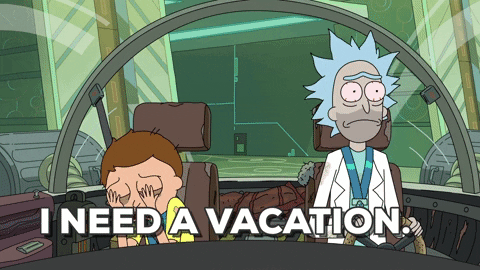
Wrapping Up: Blogging Mistakes
The wrong choices drained my energy, time, and money. You don’t have to make the same blogging mistakes. Plan ahead, choose the right tools, and keep things simple. Oh, and here’s a hack: update old posts instead of constantly writing new ones. It’s an easy way to boost traffic without extra work. Now, go build that blog right!
Wondering how to take your first step in planning the right strategy? I compiled a 16-page content strategy template so you don’t have to worry about it anymore.
